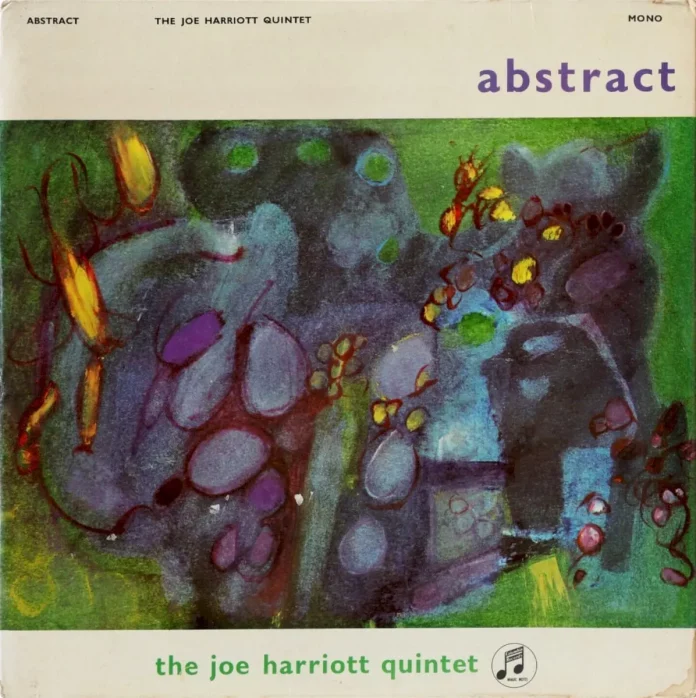As far as one can gather from his liner notes, Harriott attempts in his “Free Form” music to portray the musical equivalent of abstract painting – abstract music, in fact. My understanding of his music was not helped by the labels on the disc being on the wrong sides.
Harriott himself is the least convincing soloist on the record. In his desperation to get away from the conventional, he falls into the trap of playing extraordinarily elementary clichés and repetitions of very simple phrases, as though they held some deep significance. Smythe plays well, and sometimes produces some interesting phrases and patterns.
Above all, though, there is the towering talent of Shake Keane, who has the enviable combination of a highly inventive imagination and a technique that is equal to all his demands. Keane is the best and most original trumpeter I have heard from this side of the Atlantic.
The work of both drummers is excellent and well recorded. Goode is adequate. Most of Harriott’s seven originals (he is also credited with writing Sonny Rollins’ “Oleo”) are consciously “far-out”, with harsh dissonances, startling changes of tempo, and odd intervals. For a sample of the quintet at its best, try “Tonal”.
Discography
(c) Subject; Shadows; Oleo; Modal (24½ min) – (b) Tonal; (a) Pictures; (a) Idioms; (b) Compound (22 min)
(a) Shake Keane (tpt); Joe Harriott (alt); Pat Smythe (p); Coleridge Goode (bs); Phil Seamen (d). London, November 22, 1961.
(b) as for (a) except Frank Holder ( bgo, cga) added. Same date.
(c) as for (a) except Bobby Orr (d) replaces Seamen. London, October 5, 1962.
(Columbia 33SX 1477 12inLP 34s. 4½d.)
















